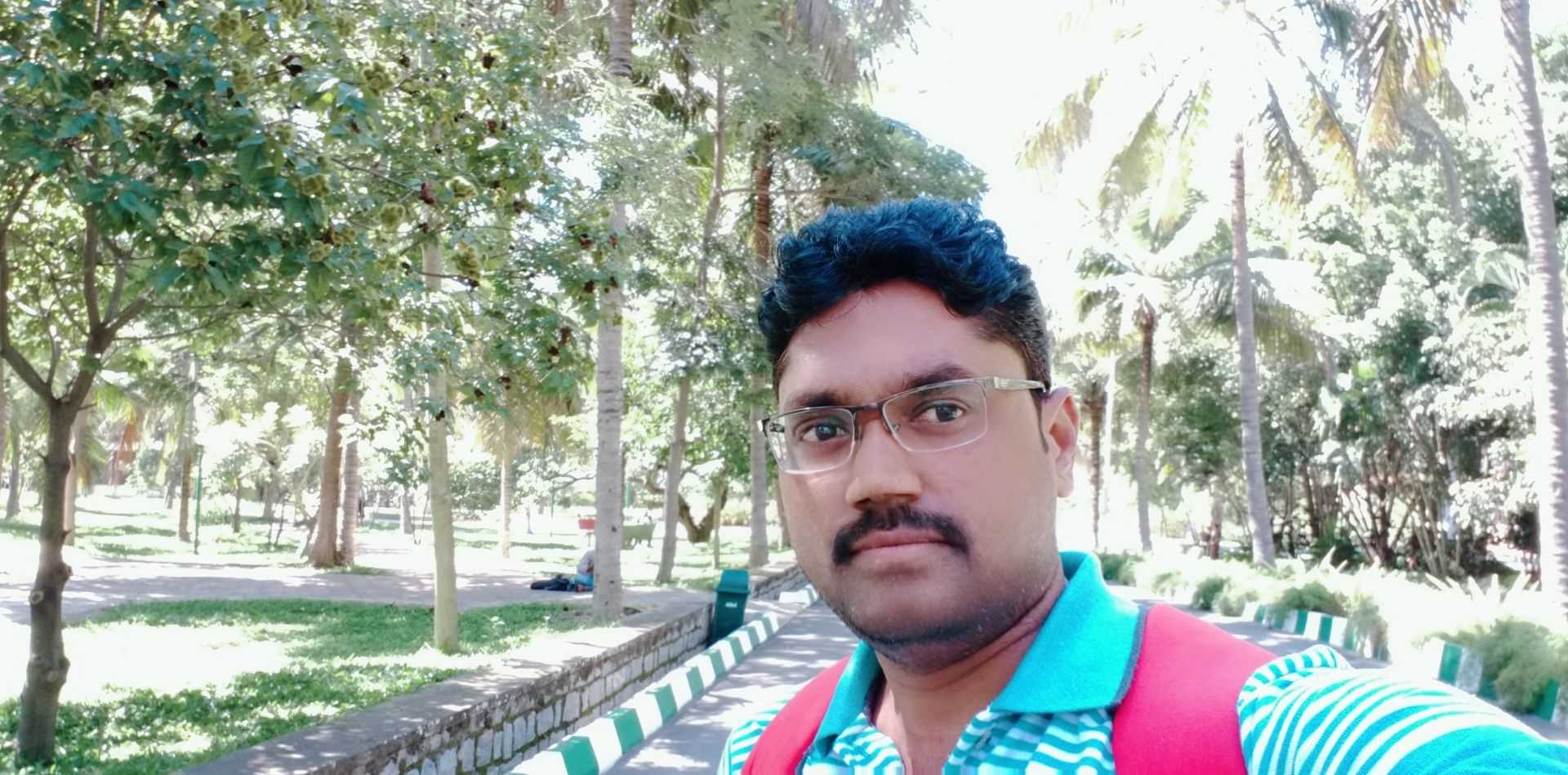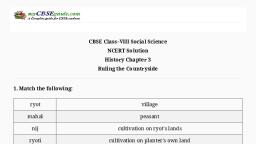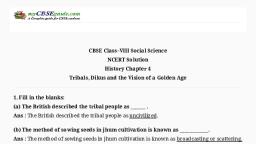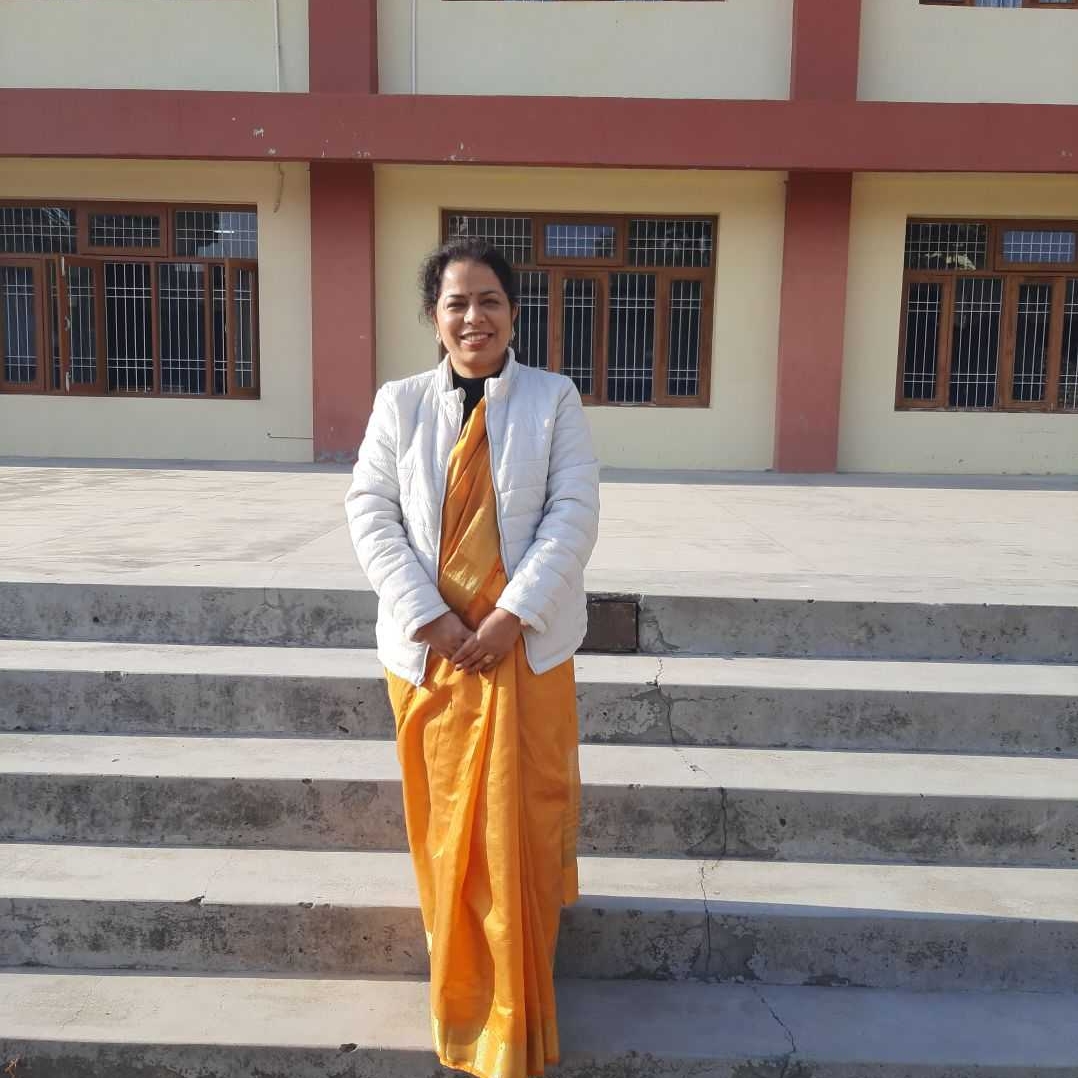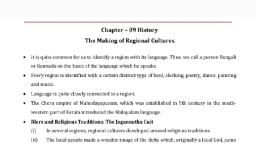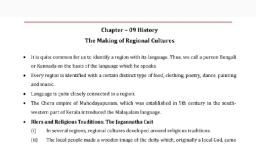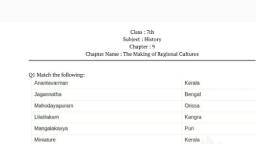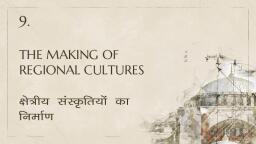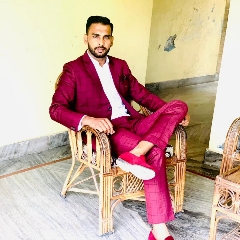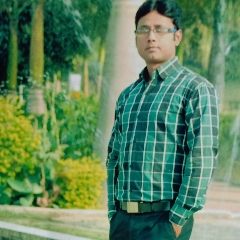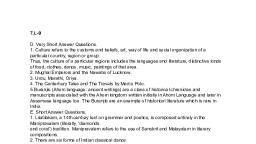Page 2 :
Kathak began evolving into a distinct mode of dance during the spread of Bhakti, movement., The major patrons of Kathak were the Mughal emperors and their nobles. Kathak was, performed in their courts., Under the patronage of Wajid Ali Shah, the last Nawab of Awadh, it grew into a major, art form., , Q4: What are the important architectural features of the temples of Bengal?, Ans: Following are the important architectural features of temples of Bengal:, Double-roof (dochala) and the four-roof (chauchala); The important architectural, features of the temples in Bengal were the double-roof (dochala) and the four-roof, (chauchala)., Four-roofed structure, on the four walls:In the comparatively more complex fourroofed structure, four triangular roofs placed on the four walls move up to converge, on a curved line or a point., Built on a square platform: Temples were usually built on a square platform., Decorated with paintings, ornamental tiles or terracotta tablets: The outer walls of, many temples were decorated with paintings, ornamental tiles or terracotta tablets., In some temples, particularly in Vishnupur in the Bankura district of West Bengal,, such decorations reached a high degree of excellence., , Q5: Why did minstrels proclaim the achievements of heroes?, Ans:, Stories and achievements about Rajput heroes were recorded in poems and songs,, which were recited by specially trained minstrels., These poems and songs preserved the memories of heroes and were expected to, inspire others to follow their examples., When trained minstrels recited these poems and songs publicly the ordinary people, were also attracted by these stories., Which often depicted dramatic situations, and a range of strong emotions – loyalty,, friendship, love, valour, anger, etc., , Material downloaded from myCBSEguide.com., , 2/3
Page 3 :
Q6: Why do we know much more about the cultural practices of rulers than about those, of ordinary people?, Ans: We know more about the cultural practices of rulers than about those of ordinary, people because of the following reasons:, Only rulers could afford minstrels and historians for records and documentation., They could preserve their records at their palaces., Ordinary people used to struggle to earn their livelihood and they don't know how to, read and write., Ordinary people did not have resources or wealth to preserve their memories and, cultural practices., , Q7: Why did conquerors try to control the temple of Jagannatha at Puri?, Ans: Conquerors like the Mughals, the Marathas and the English East India Company, tried to, gain control over the Jagannatha temple at Puri because:, They felt that it would make their rule acceptable to the local people since the temple, was important as a place of pilgrimage., The temple was also a centre of authority in social and political matters., , Q8: Why were temples built in Bengal?, Ans: Bengal also witnessed a temple-building spree from the late fifteenth century, which, culminated in the nineteenth century., Temples and other religious structures were often built by individuals or groups who, were becoming powerful, to demonstrate their power and proclaim their piety., Temples were built in Bengal to house the local deities who had gained the, recognition of the Brahmanas., Many of the modest brick and terracotta temples in Bengal were built with the, support of several “low” social groups, such as the Kolu (oil pressers) and the Kansari, (bell metal workers)., The coming of the European trading companies created new economic opportunities;, many families belonging to these social groups availed of these. As their social and, economic position improved, they proclaimed their status by constructing temples., Material downloaded from myCBSEguide.com., , 3/3
